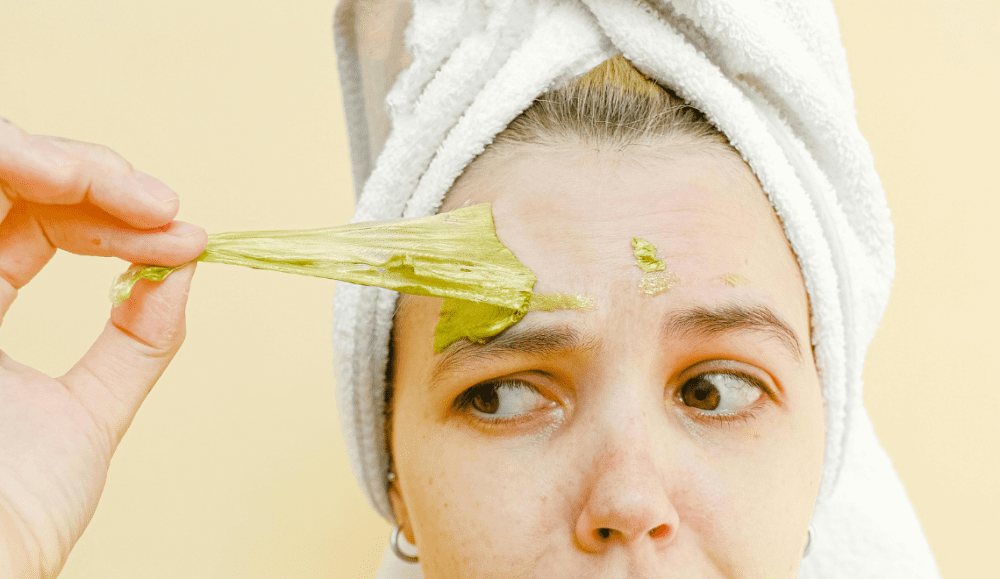In an era where skincare routines can cost hundreds of dollars, dermatologist-approved DIY face masks offer a budget-friendly alternative that delivers professional-quality results. The beauty industry has witnessed a remarkable shift toward natural, homemade skincare solutions, with board-certified dermatologists increasingly endorsing specific ingredients found in your kitchen pantry.
These expert-backed formulations combine the convenience of at-home treatments with the efficacy of clinically proven ingredients, making professional skincare accessible to everyone.
Unlike questionable internet trends that can damage your skin, dermatologist-approved DIY masks utilize scientifically-backed ingredients that have been safely used for centuries. From honey’s antimicrobial properties to oatmeal’s anti-inflammatory benefits, these natural powerhouses offer targeted solutions for various skin concerns while maintaining the gentle approach your skin deserves.
The Science Behind Dermatologist-Approved Ingredients
Board-certified dermatologists emphasize that effective DIY masks rely on ingredients with proven scientific benefits. Dr. Blair Murphy-Rose, MD, FAAD, identifies four cornerstone ingredients: oatmeal, honey (especially Manuka honey), yogurt, and avocado. These natural components contain active compounds that mirror those found in professional skincare products.
Oatmeal contains beta-glucan, which provides skin-soothing and anti-inflammatory properties, making it particularly effective for treating redness, dry skin, and eczema. Raw honey, especially Manuka varieties, offers antibacterial benefits through its glucuronic acid content, which converts to hydrogen peroxide upon skin contact—delivering effects similar to benzoyl peroxide.
Plain yogurt serves as a natural exfoliant due to its lactic acid content, an alpha hydroxy acid commonly used in professional skincare products. This gentle exfoliation helps smooth skin texture and is considered safe for use during pregnancy. Avocado provides essential vitamins A, D, and E, offering antioxidant properties that help repair damaged skin.
Top Dermatologist-Recommended DIY Mask Recipes

Honey, Turmeric & Yogurt Mask for Acne-Prone Skin
This dermatologist-approved combination targets inflammatory acne while providing gentle exfoliation:
-
½ teaspoon organic ground turmeric powder
-
1 tablespoon organic raw honey (preferably Manuka)
-
1 teaspoon organic Greek yogurt, plain
Application: Mix turmeric into honey thoroughly, apply to face avoiding eyes and mouth, leave for 15-20 minutes, then rinse with warm water. Use the yogurt on a cotton round to remove any yellow turmeric residue.
Oatmeal Base Mask for All Skin Types
Dr. Jessie Cheung’s go-to formula combines three powerhouse ingredients:
-
1:1 ratio of ground oatmeal to plain yogurt
-
A few drops of raw honey
This combination provides anti-inflammatory benefits from oatmeal, gentle exfoliation from yogurt’s lactic acid, and antibacterial properties from honey.
Avocado Hydration Mask for Dry Skin
Perfect for moisture-depleted skin, this mask delivers essential fatty acids and vitamins:
-
½ mashed ripe avocado
-
½ mashed banana
-
1 tablespoon grapeseed or almond oil
Safety Guidelines and Expert Warnings
Dermatologist Heather Landwehr emphasizes the importance of patch testing before applying any DIY mask. Test new formulations on a small skin patch under your jaw, wait 15 minutes, and check for reactions.
Ingredients to avoid include harsh abrasives like walnut shells, which can cause microtears and increase irritation. Dr. Jessie Cheung specifically warns against lemon juice and excessive baking soda, which can be highly irritating.
Application frequency should be limited to once or twice weekly to prevent over-exfoliation and maintain skin barrier function.
Maximizing Results with Professional Techniques
To achieve spa-quality results at home, follow these dermatologist-recommended application methods:
Preparation: Cleanse skin thoroughly before application and steam face briefly to open pores for better ingredient absorption.
Application: Use clean fingers or a brush to apply masks evenly, avoiding the delicate eye area.
Timing: Most masks should remain on the skin for 10-15 minutes—never exceed 20 minutes to prevent irritation.
Removal: Rinse with lukewarm water using gentle circular motions, then apply a moisturizer appropriate for your skin type.

